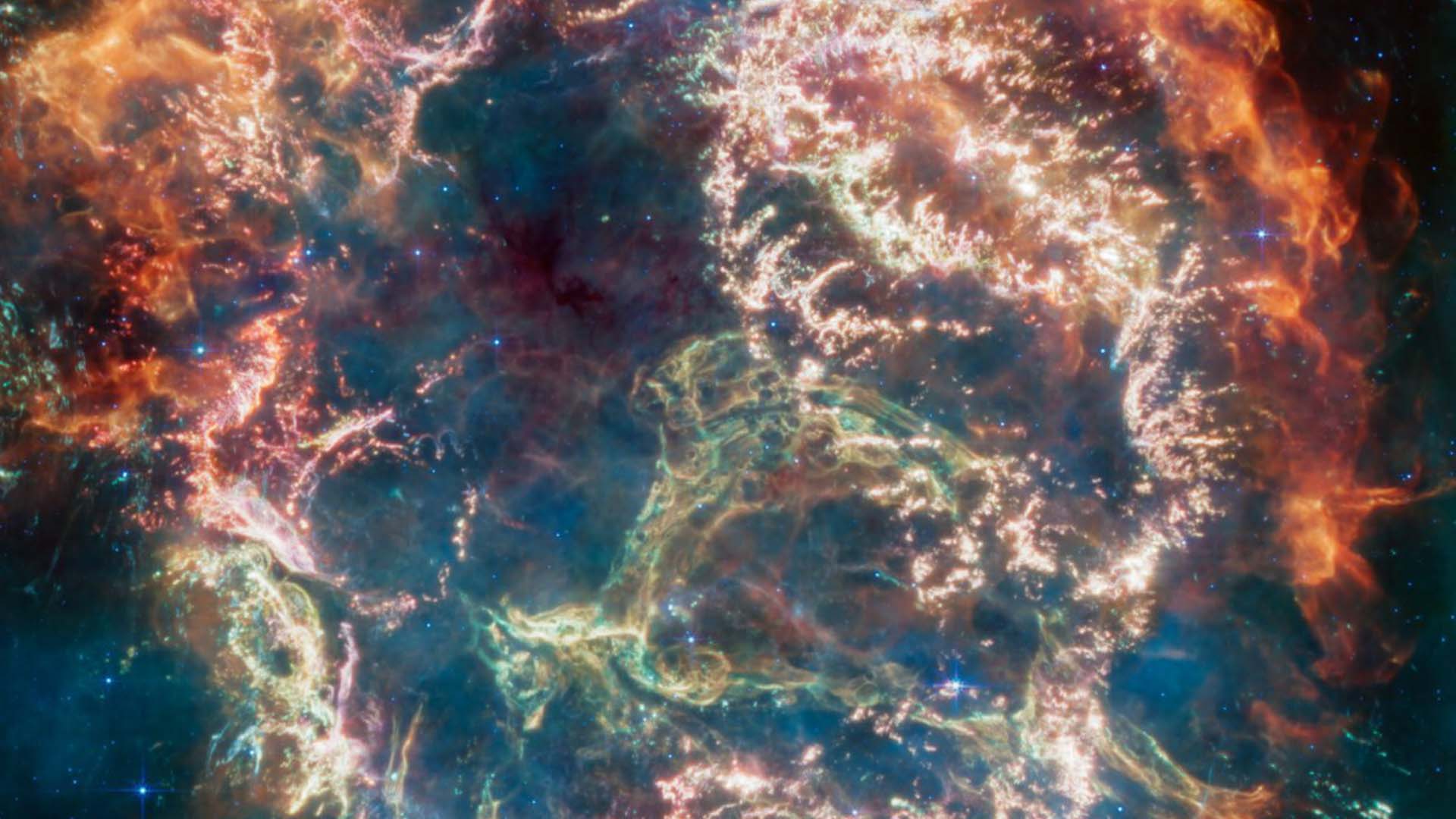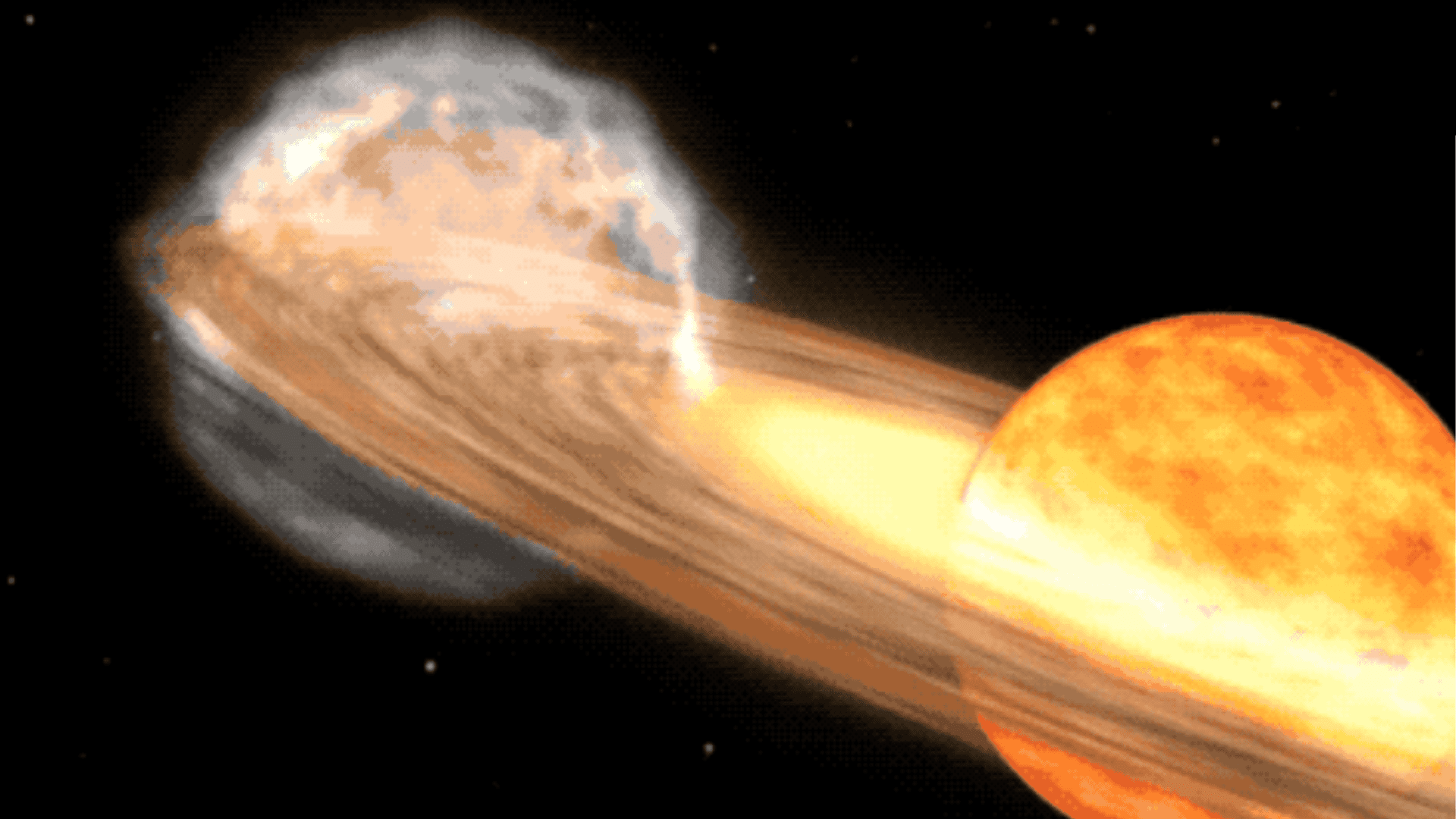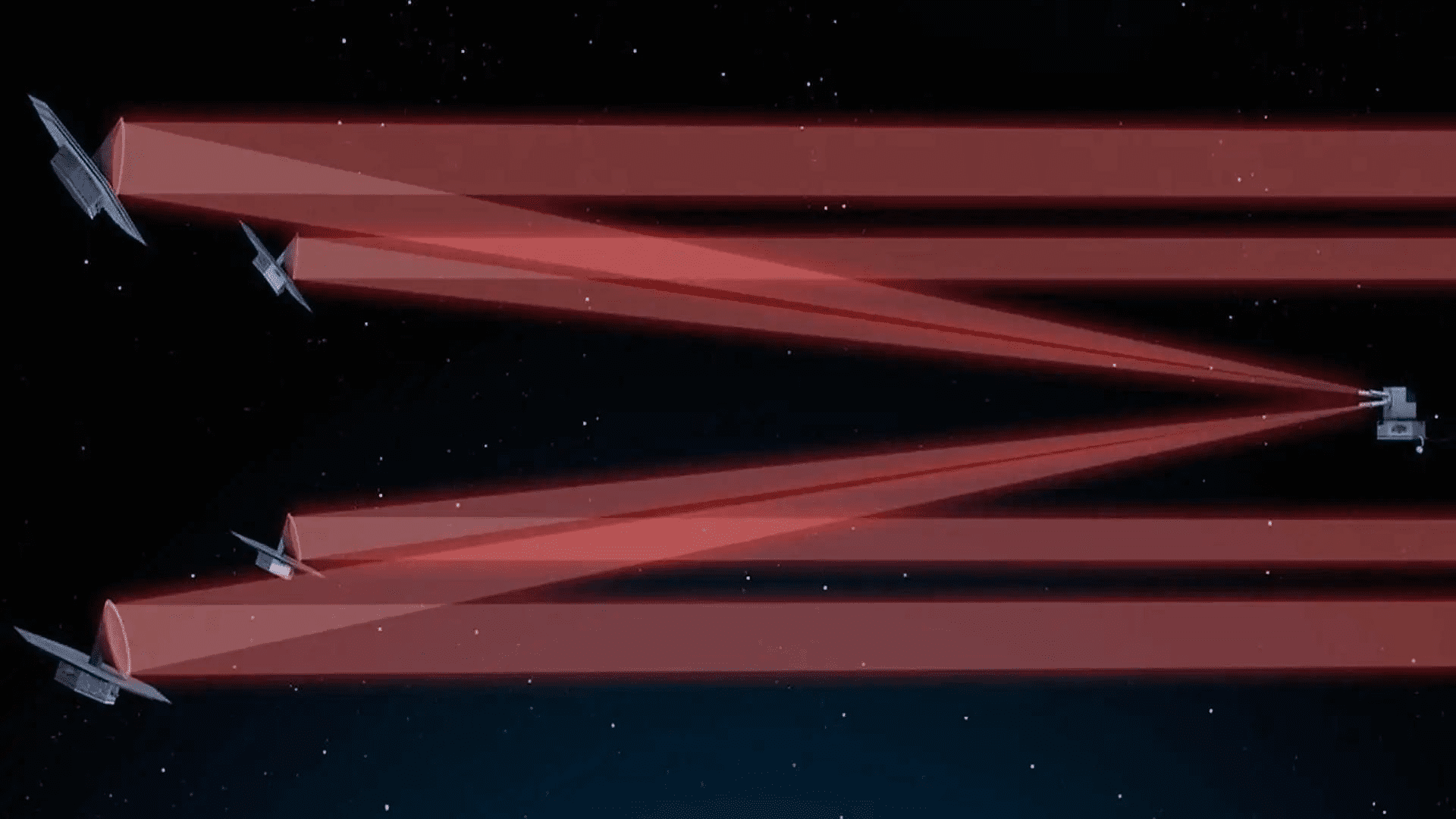It is the best time of year to spot the Milky Way with the naked eye. The bright center of our galaxy comes out of hiding during the months of July and August in the Northern Hemisphere. However, it’s only in the right place at the right time. During a clear night, you may have the opportunity to see billions of stars.
Spotting the Milky Way
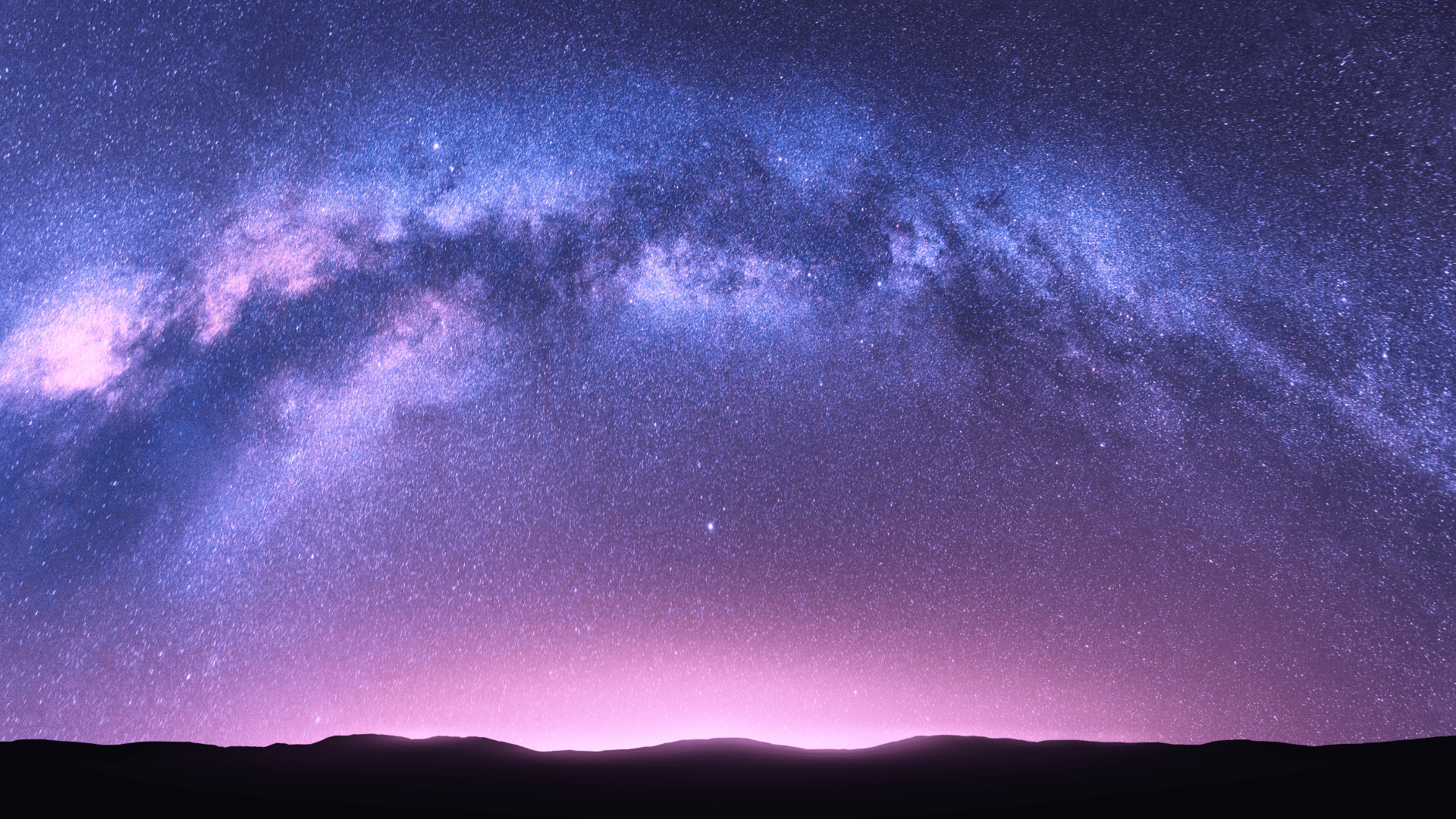
Unfortunately, most people in North America and Europe can only see the bright galaxy if they travel to a dark-sky location. In addition, it’s necessary to avoid strong moonlight, but that’s only about 10 per month in the summer. As a result, it’s reported that 80% of North Americans have never seen the Milky Way. From March until September, it’s possible to see the Milky Way from the Northern Hemisphere, according to Capture the Atlas. In the Southern Hemisphere, that extends about a month on each side.
Location is everything when trying to spot the galaxy. Additionally, your latitude on Earth makes all the difference. Generally, the Milky Way is visible early in the morning from March until June. That changes to the evening from July to early October. For example, if you’re trying to spot the galaxy’s center in March, be ready to wake up at 1 to 4 a.m. By September, that changes to after sunset. Other factors include moonless nights, which account for 10 a month when the Moon is not in the sky.
Explore Tomorrow's World from your inbox
Get the latest science, technology, and sustainability content delivered to your inbox.
I understand that by providing my email address, I agree to receive emails from Tomorrow's World Today. I understand that I may opt out of receiving such communications at any time.
Upcoming Dates for a Visible Galaxy
- July 28 – Aug. 7
- Aug. 26 – Sept. 6
- Sept. 24 – Oct. 5
Sunrise and sunset times in July and August need to be considered because they restrict the hours of darkness. You’ll need total darkness to get the best view.
More Galaxy Tips
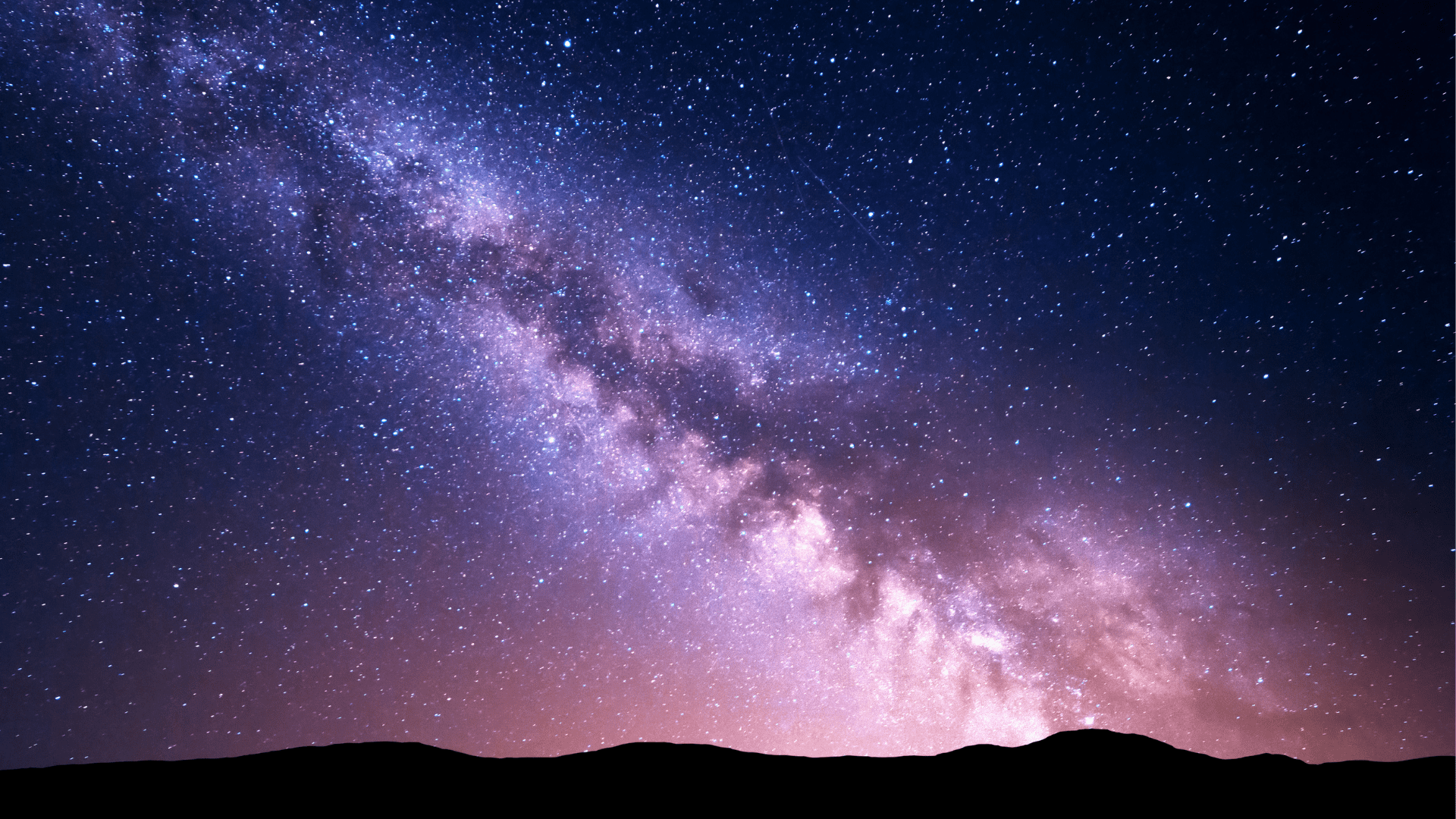
A key to getting the best view of the galaxy, or any stargazing event, is to let your eyes adjust to the darkness 20 minutes in advance. This includes avoiding your smartphone screen and any source of light while outside in the dark. There are apps that help you find the best dark spots, like DarkSky’s Find a Dark Sky Place or the Dark Site Finder. There are also light pollution maps to check out.
You can see the Milky Way with the naked eye with suitable dark skies. However, a small telescope or a pair of stargazing binoculars can help spot the galaxy and zoom in on points of interest.
In addition, the farther south you are, the deeper into the Milky Way you can see. For example, the constellation Sagittarius is home to the galaxy’s central black hole. It’s low on the southern horizon, as seen from the state of New York, at 41 degrees north. From Miami, at 26 degrees north, it appears 15 degrees higher in the sky. However, this only applies to the constellation’s maximum height.
Where will you go to spot our beautiful galaxy?



